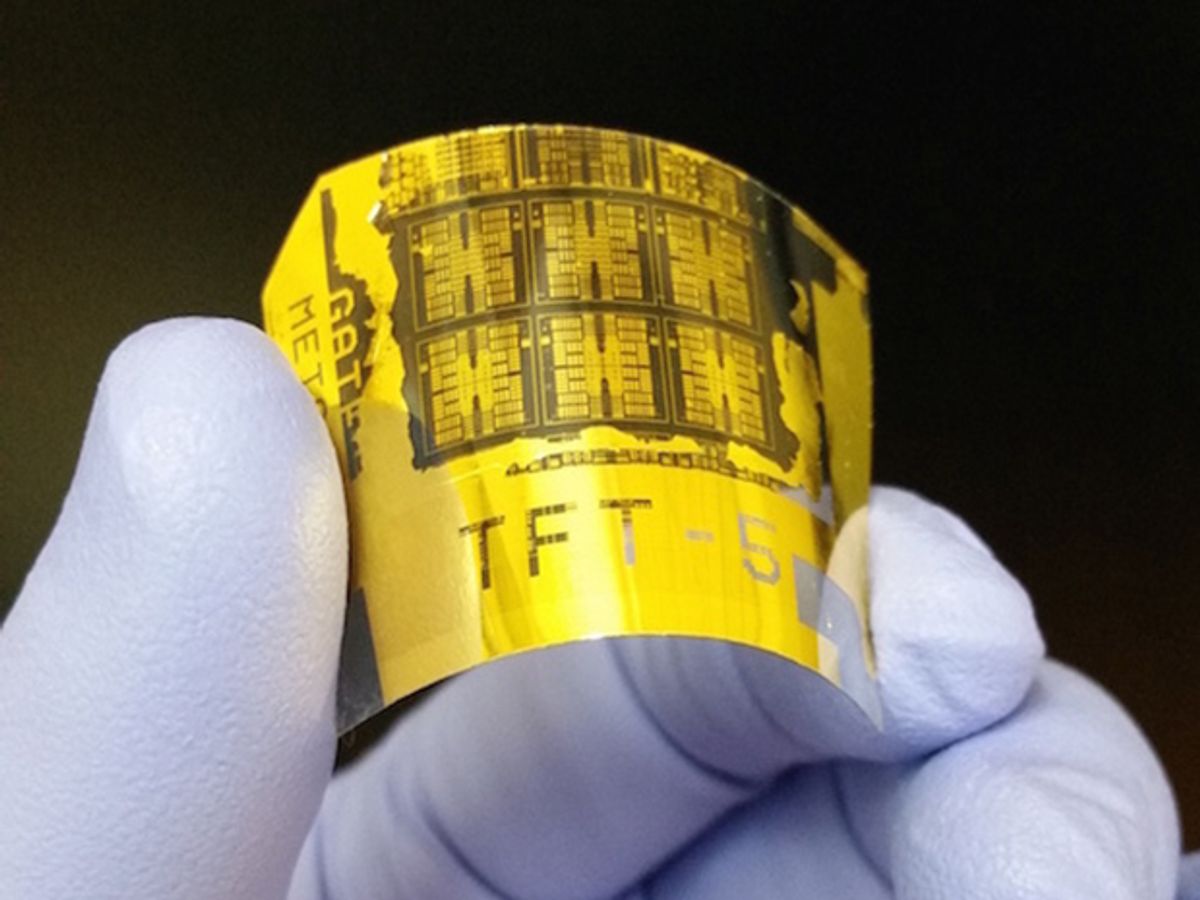Researchers at the University of Wisconsin-Madison (UW-Madison) have developed a flexible phototransistor based on single-crystalline silicon nanomembranes (Si NM). They claim that this phototransistor is the fastest and most flexible one ever produced.
The flexible phototransistor could be incorporated into a wide range of applications. In a digital camera, for example, it could result in a thinner lens that would capture images faster and yield higher quality still photos and videos.
In research published in the journal Advanced Optical Materials, the silicon nanomembrane is used as the top layer of the phototransistor; it enables full exposure of the active region of the device to any light. The researchers used a technique known as “flip-transfer” in which they essentially flip the nanomembrane onto a reflective metal layer.
This arrangement allowed the researchers to boost the light absorption capabilities of the phototransistor without the need of an external amplifier. They simply placed electrodes under the nanomembrane layer; both the electrodes and the metal layer serve as reflectors.
“In this structure—unlike other photodetectors—light absorption in an ultrathin silicon layer can be much more efficient because light is not blocked by any metal layers or other materials,” said Zhenqiang “Jack” Ma, a professor at UW-Madison, in a press release.
It is the combination of the device’s high sensitivity and flexibility that are unique in a phototransistor.
“This demonstration shows great potential in high-performance and flexible photodetection systems,” said Ma, in the press release. “It shows the capabilities of high-sensitivity photodetection and stable performance under bending conditions, which have never been achieved at the same time.”
The upshot, say the researchers is that the flexibility allows the photodetector to better mimic mammalian vision by curving to fit the shape of the camera’s optical system. “Currently, there's no easy way to do that,” says Ma.
Dexter Johnson is a contributing editor at IEEE Spectrum, with a focus on nanotechnology.



